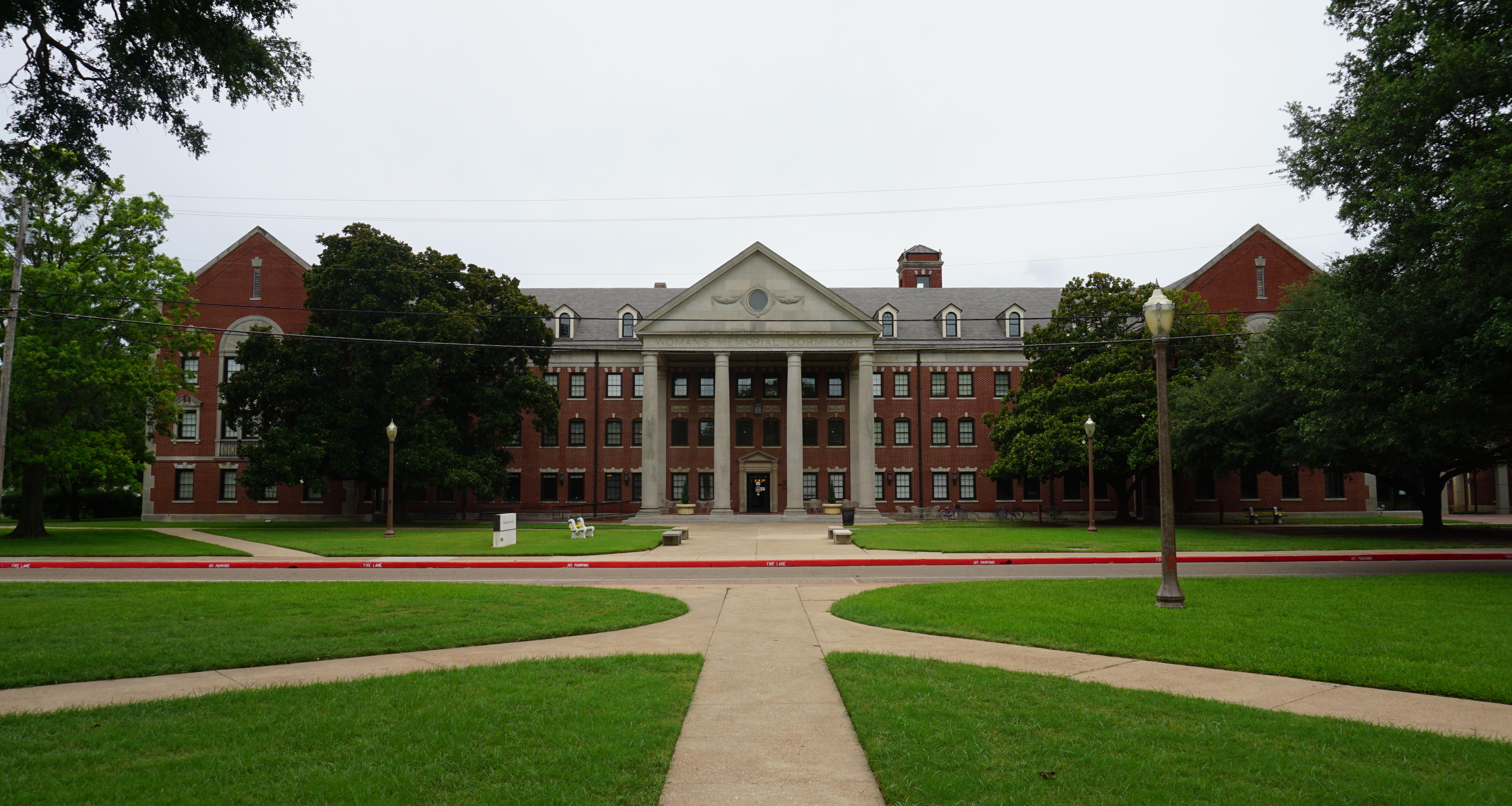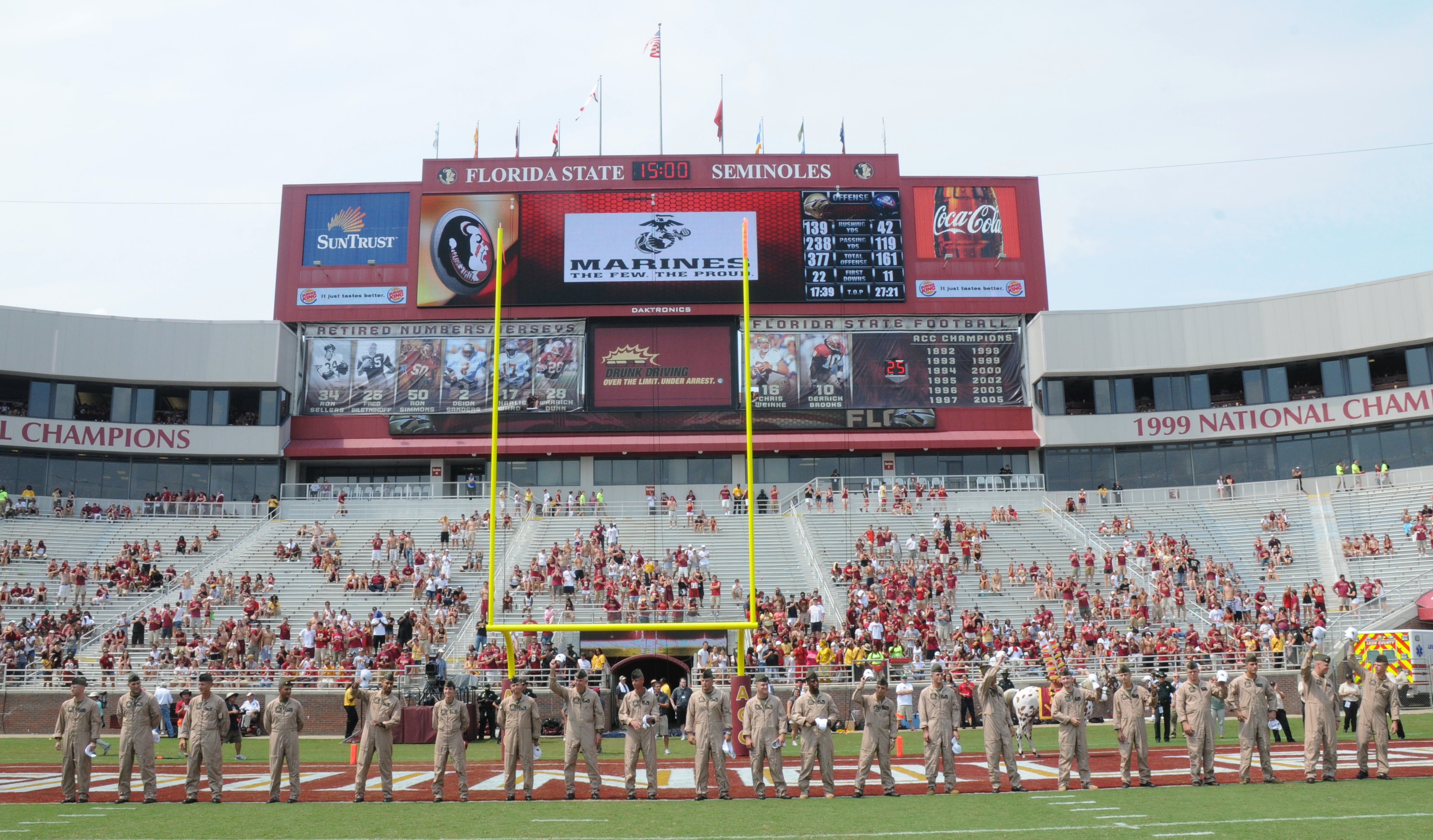11 Eerie Abandoned Film Sets Still Waiting to Be Explored
In the vast tapestry of cinematic history, film sets are often the unsung heroes that bring stories to life. These meticulously crafted environments serve as the backdrop for tales of adventure, romance, and drama. However, once the cameras stop rolling, these sets often fade into obscurity, dismantled or abandoned, their magic preserved only in the films themselves. Yet, some of these forgotten film sets still stand today, offering a tangible connection to the stories they helped tell. This article embarks on a journey through 11 such sets, inviting you to explore the remnants of cinematic history. From the arid deserts of Tunisia to the lush landscapes of New Zealand, these locations are not just relics of the past but living memories you can wander through today. As we delve into these forgotten realms, we'll uncover the stories behind their creation, their role in film history, and how they continue to captivate visitors long after the final cut.
1. Tatooine's Legacy: Star Wars in Tunisia
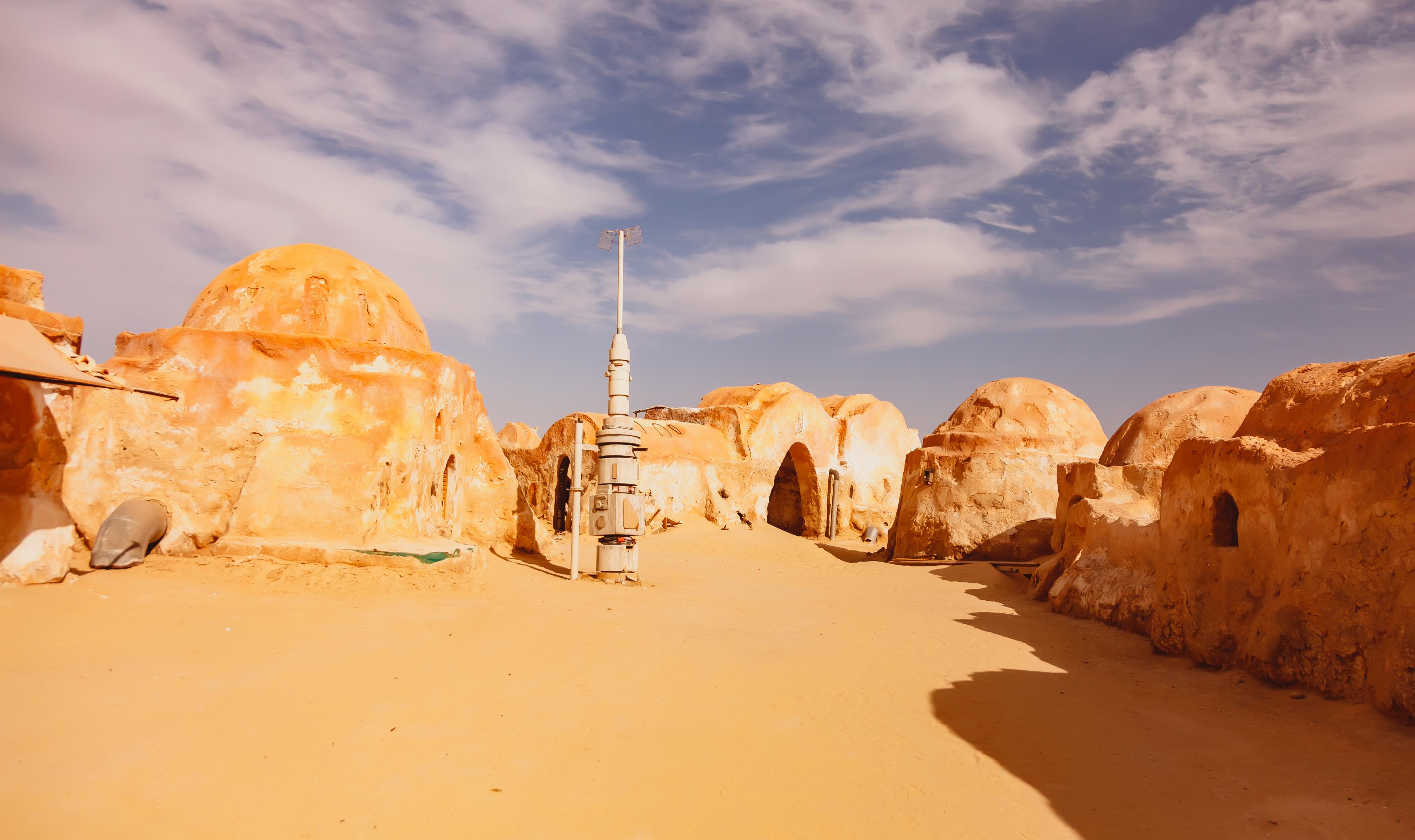
In the heart of the Tunisian desert lies the remnants of Tatooine, the iconic home planet of Luke Skywalker from the "Star Wars" saga. George Lucas chose this remote location for its otherworldly appearance, crafting a believable desert planet that has since become legendary. The set, constructed in the 1970s, includes familiar structures like the Lars Homestead and Mos Eisley Cantina. Despite the harsh conditions, these structures have endured, becoming a pilgrimage site for "Star Wars" enthusiasts. Visitors can wander through the sandy streets, imagining the bustling spaceports and epic battles that once unfolded here. The Tunisian government has recognized the cultural significance of these sites, working to preserve them for future generations. This effort ensures that Tatooine remains a touchstone for fans and a reminder of the innovative spirit that defined the original "Star Wars" trilogy.
2. Hobbiton: A Journey to Middle-earth

Nestled in the rolling hills of Matamata, New Zealand, lies Hobbiton, the charming village from Peter Jackson's "The Lord of the Rings" and "The Hobbit" trilogies. Originally constructed for the films, the set was dismantled after filming, only to be rebuilt for the later adaptations. Today, Hobbiton is a fully functioning tourist attraction, complete with lush gardens, the Green Dragon Inn, and the iconic hobbit holes. Visitors are transported to Middle-earth, where they can explore the Shire and experience the magic of J.R.R. Tolkien's world. Guided tours offer insights into the filmmaking process, revealing how Jackson brought the beloved books to life. Hobbiton stands as a testament to the enduring appeal of Tolkien's stories and the artistry of the filmmakers who realized them on screen. It's a place where fantasy and reality converge, inviting visitors to step into a world of adventure and imagination.
3. The Abandoned Streets of "Popeye Village"

In 1980, the picturesque Anchor Bay in Malta was transformed into Sweethaven, the whimsical village from the musical film "Popeye," starring Robin Williams. Constructed as a full-scale set, the village features colorful wooden buildings, a harbor, and winding streets. After the film's release, the set was left intact, evolving into a unique theme park known as "Popeye Village." Visitors can explore the quirky architecture, participate in activities, and enjoy live shows that capture the spirit of the film. Despite its initial box office struggles, "Popeye" has gained a cult following, and the village remains a beloved attraction. The site offers a glimpse into the creative process of transforming a natural landscape into a fantastical world, highlighting the collaborative effort between filmmakers, set designers, and local artisans. "Popeye Village" is a testament to the enduring charm of the film and the power of cinema to create lasting cultural landmarks.
4. The Enigmatic Ghost Town of "Big Fish"

In the heart of Alabama lies the ghost town of Spectre, a set built for Tim Burton's 2003 film "Big Fish." Designed to evoke a sense of wonder and nostalgia, Spectre features charming houses, a picturesque church, and a tree-lined avenue. After filming concluded, the set was abandoned, slowly succumbing to the elements. However, its ethereal beauty continues to attract visitors, drawn by the town's haunting atmosphere and cinematic history. Spectre's decaying structures serve as a poignant reminder of the ephemeral nature of film sets, where fantasy and reality briefly intersect. Despite its dilapidated state, the town retains a sense of magic, inviting exploration and reflection. Spectre's preservation as a tourist destination highlights the enduring appeal of Burton's whimsical vision and the allure of forgotten places. It's a place where visitors can walk through the pages of a story, experiencing the fleeting beauty of a world created for the silver screen.
5. The Timeless Ruins of "Cleopatra"
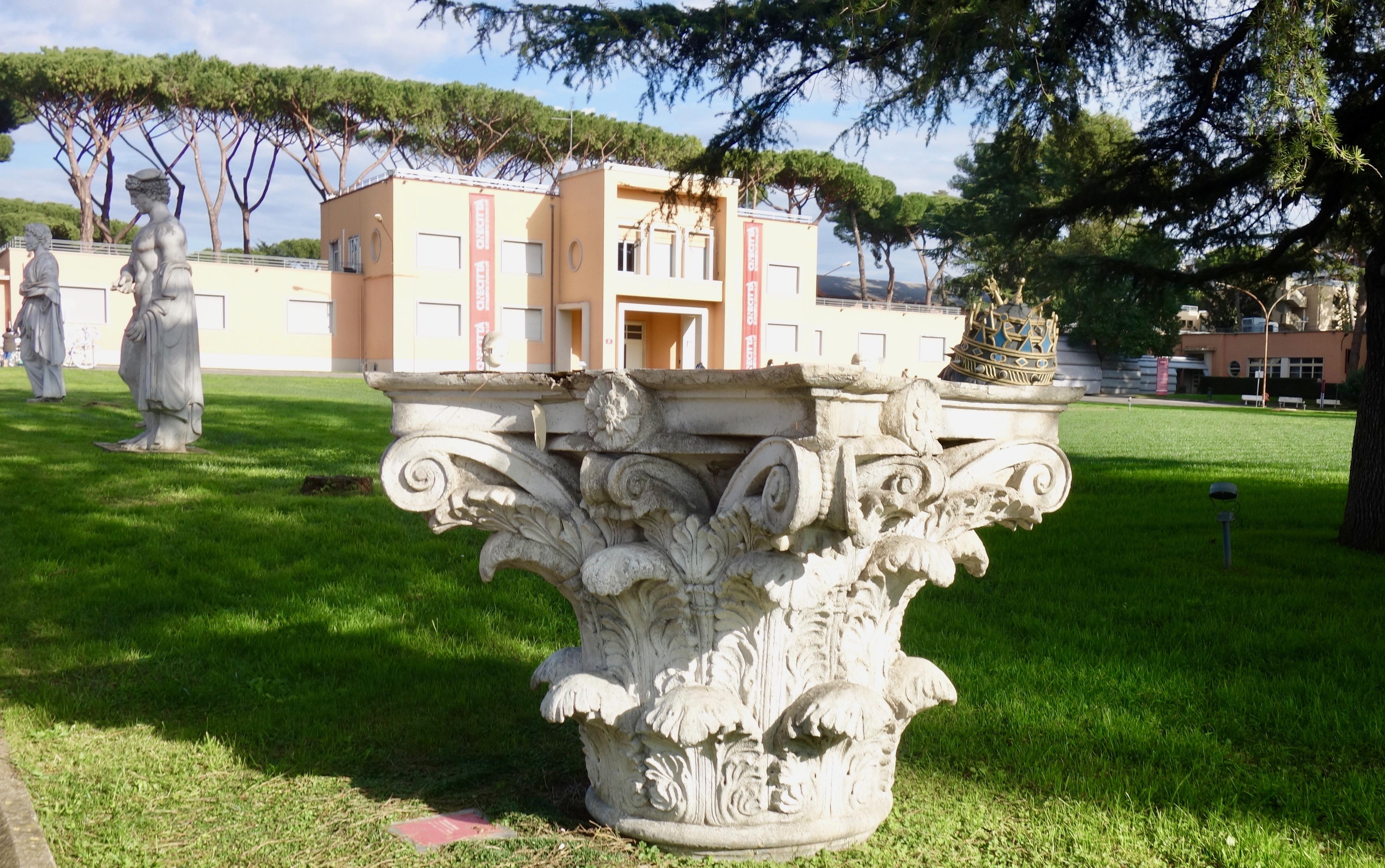
The 1963 epic "Cleopatra," starring Elizabeth Taylor and Richard Burton, was one of the most ambitious film productions of its time. To bring ancient Egypt to life, elaborate sets were constructed in Rome's Cinecittà Studios, including grand palaces and majestic temples. While many of the sets were dismantled after filming, remnants still exist, offering a glimpse into the grandeur of the production. Visitors to Cinecittà can explore the surviving structures, marveling at the craftsmanship and attention to detail that defined the film. "Cleopatra" remains a landmark in cinematic history, known for its opulence and the off-screen romance of its stars. The surviving sets serve as a testament to the film's legacy, preserving the artistry and ambition that characterized the golden age of Hollywood. They offer a unique opportunity to step back in time, experiencing the magic of a bygone era where cinema and spectacle converged.
6. The Deserted Village of "The Hills Have Eyes"
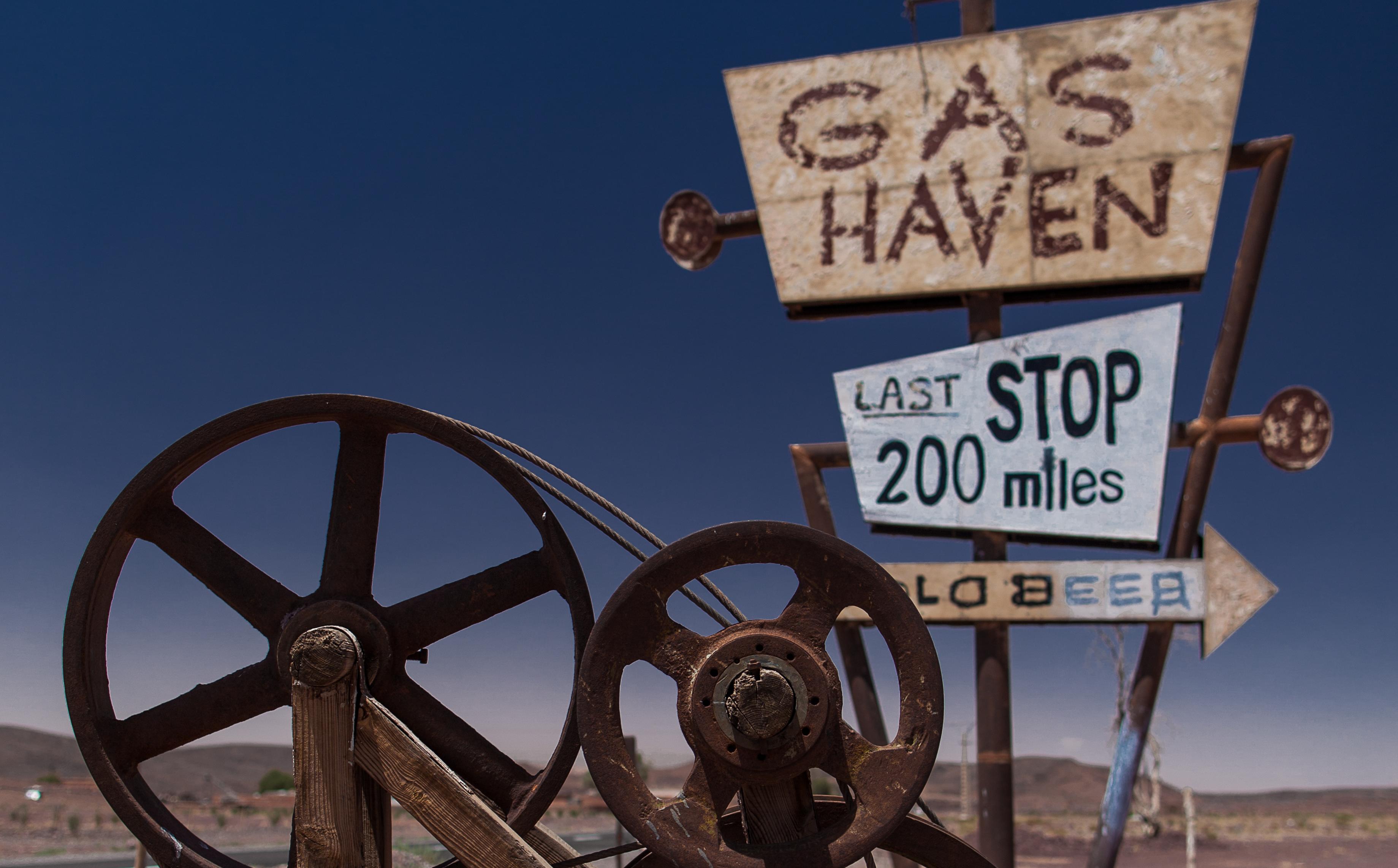
In the desolate landscapes of Morocco lies the abandoned set of Alexandre Aja's "The Hills Have Eyes" (2006), a remake of Wes Craven's 1977 horror classic. The film's production team constructed a remote village to serve as the eerie setting for the film's chilling narrative. After filming wrapped, the set was left to the elements, becoming a haunting relic of cinematic horror. Despite its isolation, the village attracts intrepid explorers and horror enthusiasts, drawn by the film's cult status and the eerie atmosphere of the location. The set's decay adds to its allure, creating a sense of unease that mirrors the film's themes of isolation and survival. "The Hills Have Eyes" set is a reminder of the power of location in horror cinema, where the environment becomes a character in its own right. It's a place where visitors can confront their fears, exploring the boundary between fiction and reality.
7. The Facades of "Pirates of the Caribbean"
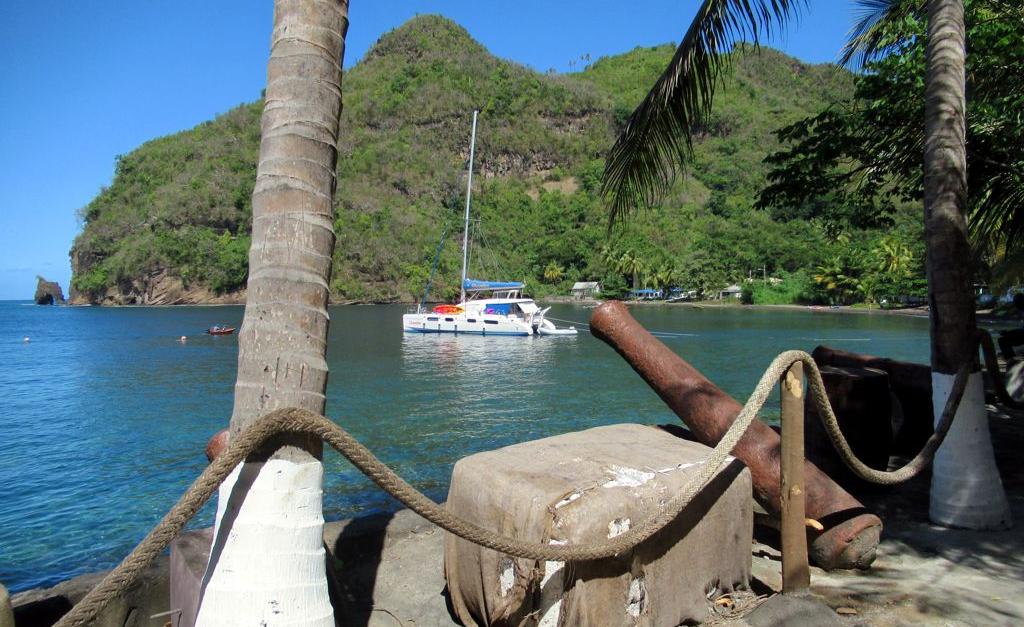
On the lush, volcanic island of St. Vincent, time seems to have stood still in Wallilabou Bay—the filming site of Port Royal in Disney’s Pirates of the Caribbean: The Curse of the Black Pearl (2003). This quiet Caribbean anchorage was transformed into the bustling colonial town of Port Royal, where Captain Jack Sparrow famously makes his grand entrance. Many of the original set pieces, including colonial-style building facades, crumbling stone archways, and weathered docks, still remain standing today. Visitors can stroll through the same alleyways that saw sword fights and cannon blasts, with props like cannons and gallows still on display. The small on-site museum features behind-the-scenes photos, movie memorabilia, and artifacts left over from the production. Surrounded by dramatic cliffs and the gentle lapping of turquoise waters, Wallilabou Bay remains a surreal and cinematic spot where the spirit of piracy—and Hollywood magic—lingers in the salty air.
8. The Magical Highlands of "Stardust"
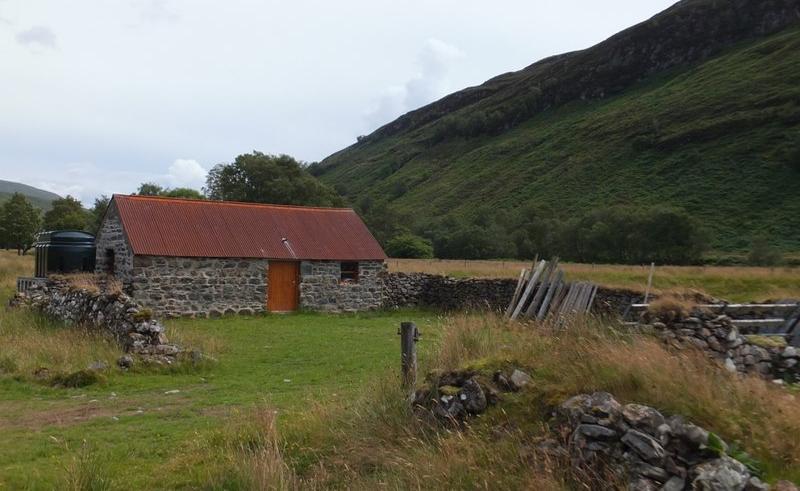
Hidden among the rugged landscapes of the Scottish Highlands lies the Professor’s Cottage, a weathered stone dwelling that played a role in the magical world of Stardust (2007). Located in the Heights of Kinlochewe, this humble structure was transformed by the production crew into a key location within the fantasy realm of Stormhold. With its mossy roof, twisted trees, and remote setting, the cottage exudes the otherworldly charm that defined the film’s aesthetic. While the set dressing is long gone, the building itself remains—quietly nestled beneath dramatic hillsides. Fans of the movie can still visit and imagine the scene where Tristan and Yvaine begin their journey together. For those seeking cinematic solitude in a mystical landscape, the Professor’s Cottage offers an evocative glimpse into a world where magic once walked among the stones.
9. The Echoes of "Session 9"
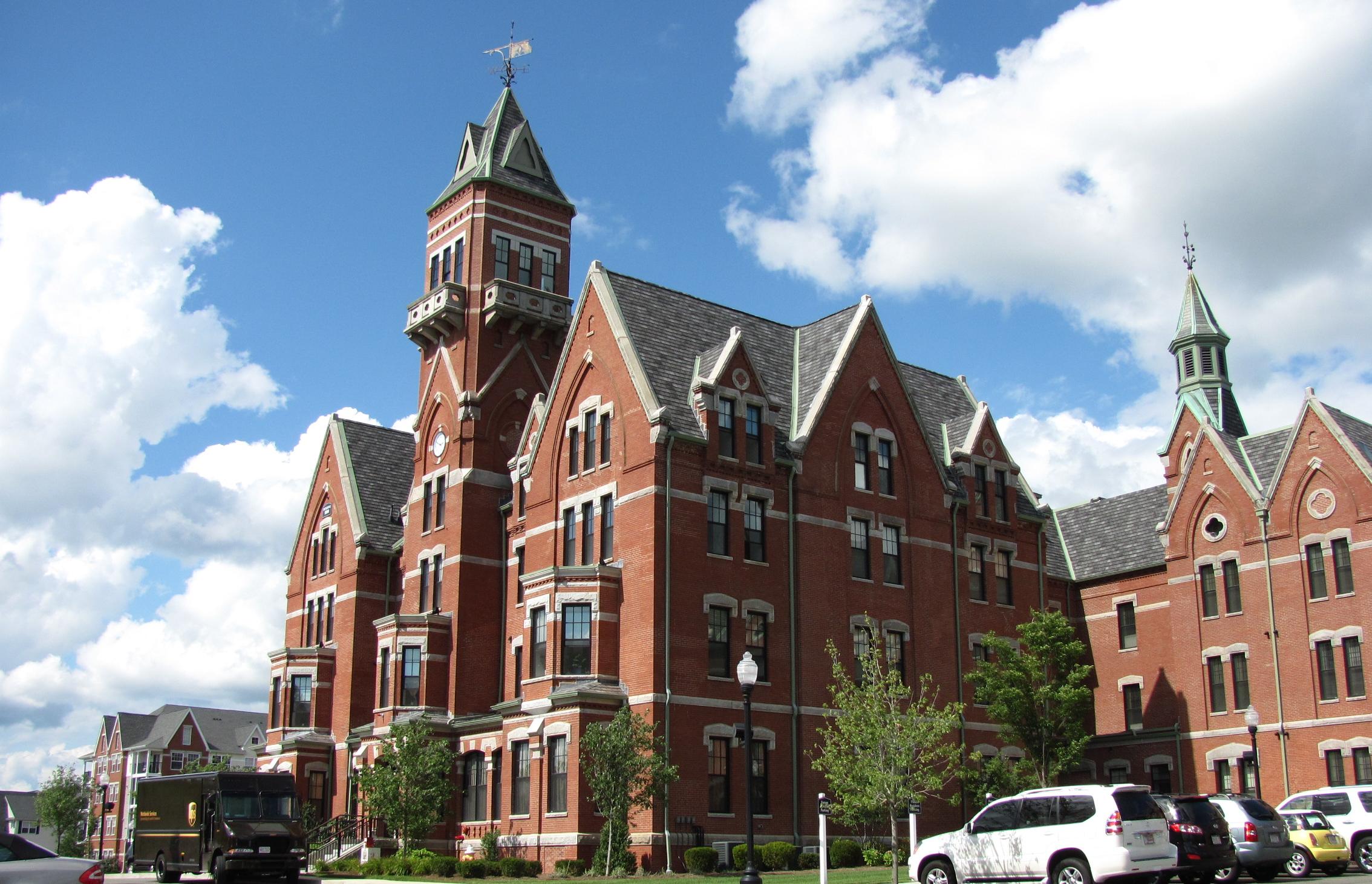
Perched ominously atop Hathorne Hill in Danvers, Massachusetts, the former Danvers State Hospital provided the chilling real-world setting for the cult psychological horror film Session 9 (2001). Once considered a masterpiece of Gothic Revival architecture, the 19th-century asylum—replete with labyrinthine corridors, crumbling walls, and long-abandoned treatment wings—lent the film its haunting authenticity. The facility had already been shuttered for nearly a decade when filming began, and its decaying grandeur became a character in its own right, amplifying the movie’s themes of mental deterioration and hidden trauma. Although much of the hospital was demolished in the early 2000s and replaced with condominiums, parts of the original Kirkbride complex remain. For fans of atmospheric horror, Danvers endures as a symbol of institutional fear—and one of the most unsettling filming locations in cinema.
10. The Psychological Complex of "Girl, Interrupted"
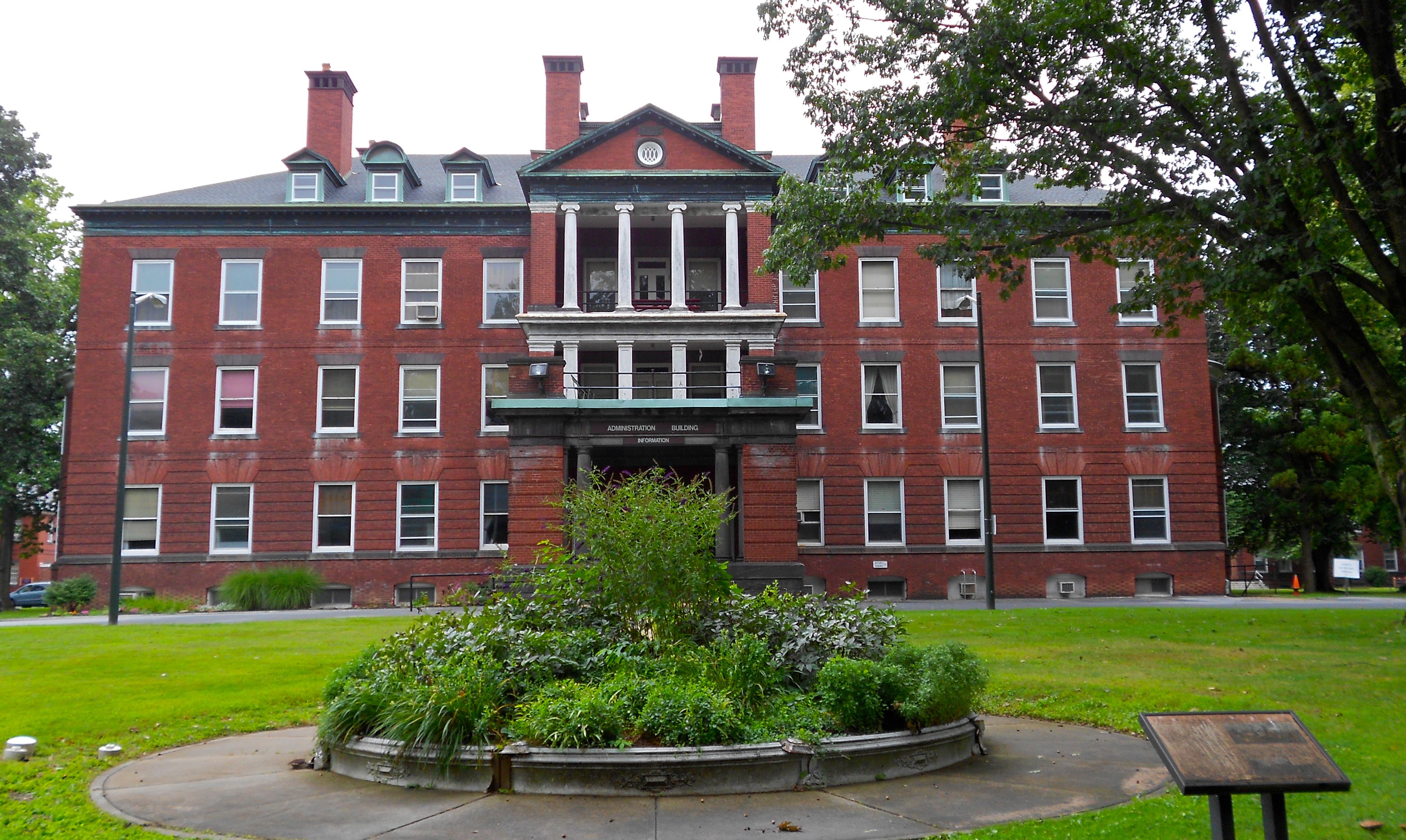
While set in the 1960s Claymore Psychiatric Hospital, the film adaptation of Girl, Interrupted (1999), starring Winona Ryder and Angelina Jolie, was largely filmed at the historic Harrisburg State Hospital in Pennsylvania. Established in 1851, this expansive complex was originally modeled on the Kirkbride Plan, a now-infamous design for mental institutions that emphasized isolation and symmetry. The hospital’s imposing, Victorian-era architecture and sprawling grounds perfectly embodied the institutional atmosphere the film sought to portray. Though no longer in use as a mental health facility, the buildings still stand and are occasionally used for filming. Harrisburg State Hospital remains a poignant visual reminder of past psychiatric practices—and a fitting, eerie backdrop for a story of mental illness, rebellion, and resilience.
11. The Mythical Island of "The Beach"
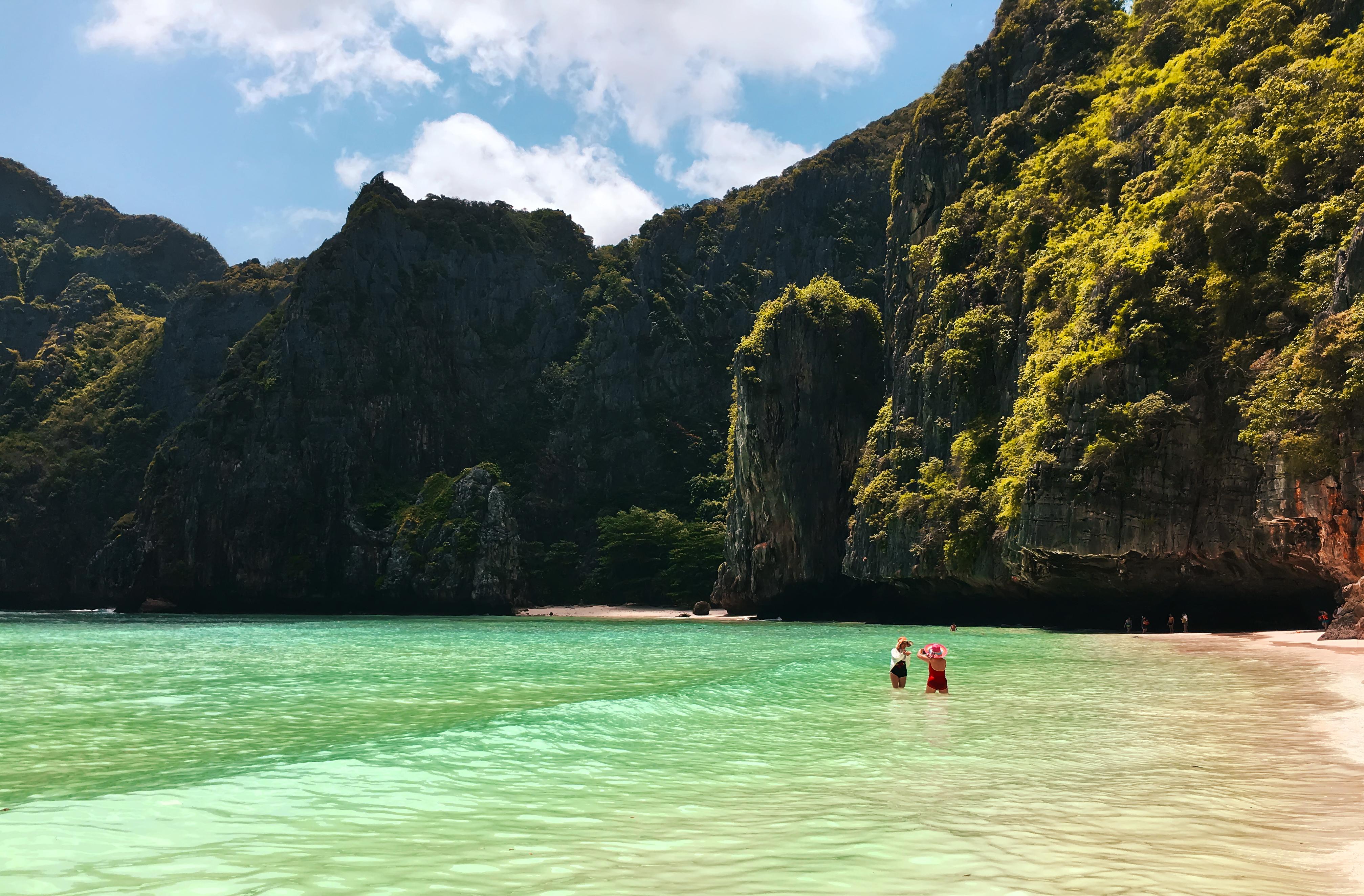
Danny Boyle's "The Beach" (2000), starring Leonardo DiCaprio, was filmed on the stunning beaches of Ko Phi Phi Leh in Thailand. The film's production transformed the island into a utopian paradise, capturing the imagination of audiences worldwide. While the island's natural beauty remains, the impact of tourism has led to efforts to preserve its environment. Visitors can explore the island's pristine beaches and crystal-clear waters, experiencing the allure of the film's setting. "The Beach" is a cautionary tale about the search for paradise and the consequences of human impact on nature. The island serves as a reminder of the delicate balance between preserving natural beauty and accommodating tourism. It's a place where visitors can reflect on the film's themes and the importance of sustainable travel, experiencing the magic of a location that captivated audiences and sparked wanderlust.
The Enduring Allure of Forgotten Film Sets
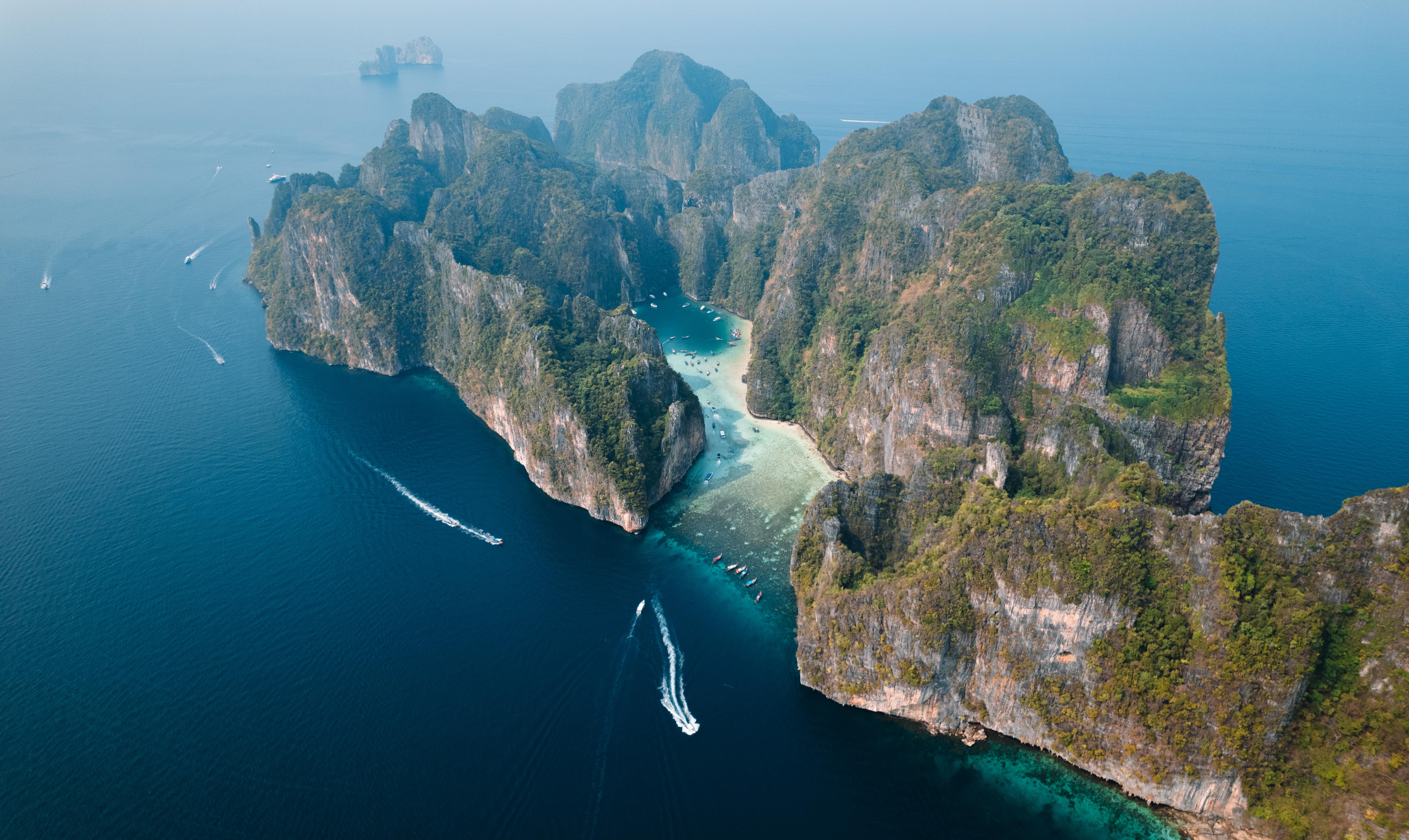
Our journey through these forgotten film sets reveals the enduring allure of cinematic history. These locations, once vibrant with the energy of film production, now stand as silent witnesses to the stories they helped tell. They offer a unique opportunity to step into the worlds of beloved films, experiencing the magic of cinema firsthand. From the deserts of Tunisia to the forests of the Czech Republic, these sets invite exploration and reflection, connecting us with the creativity and artistry of filmmakers past and present. They remind us of the power of storytelling and the lasting impact of cinema on our cultural landscape. As we wander through these forgotten realms, we are reminded that film sets are more than just backdrops; they are integral to the stories we cherish, preserving the magic of the movies long after the credits roll.






